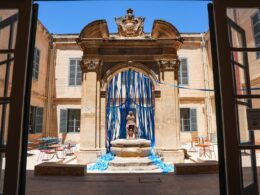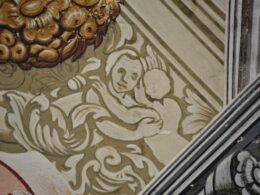Inspired by Caravaggio, Artemisia Gentileschi became one of the most successful painters of her generation, but, as a woman, was not included in the accepted art history canon until recently: her life and art have only been recognised internationally over the last fifty years.
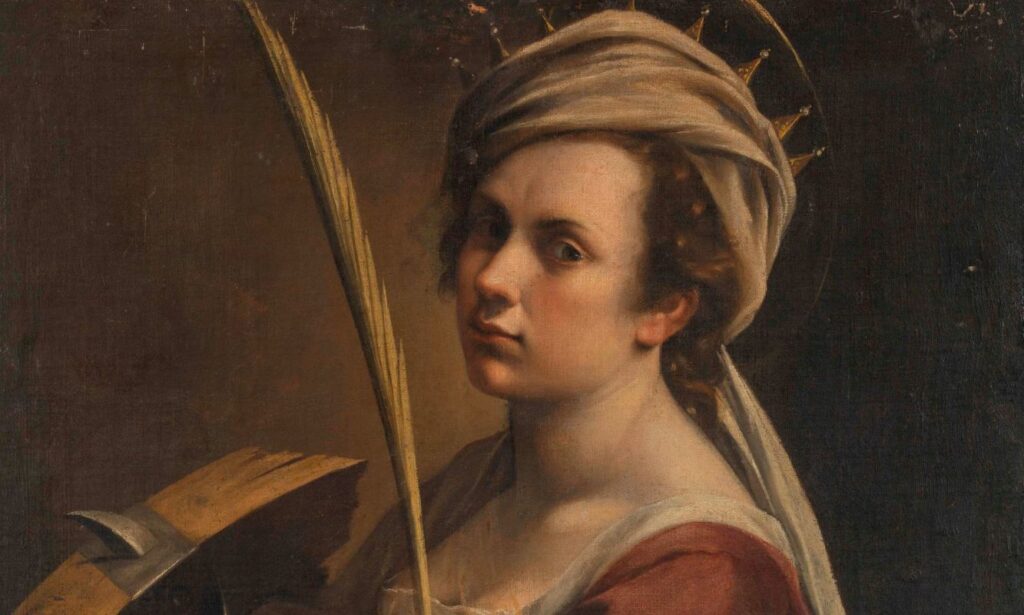
As a teenager, the shocking real-life tale of Gentileschi’s rape gripped Renaissance Rome. For seven months, her case and her courage were on public trial as she fought to tell her side of the story, standing up to the prejudices of a patriarchal society. Now, blending myth, history and contemporary commentary in the story’s retelling, the production team of Naħliflek ask how much has changed in the last four centuries.
Director Marta Vella explains how she first saw the original in the UK (“twice on the same day, actually, because I was invited to be part of the audience when they filmed it for the BBC, and they needed the audience to be in the same clothes for editing purposes”) and was thrilled when she was first approached to help bring the show to audiences in Malta.
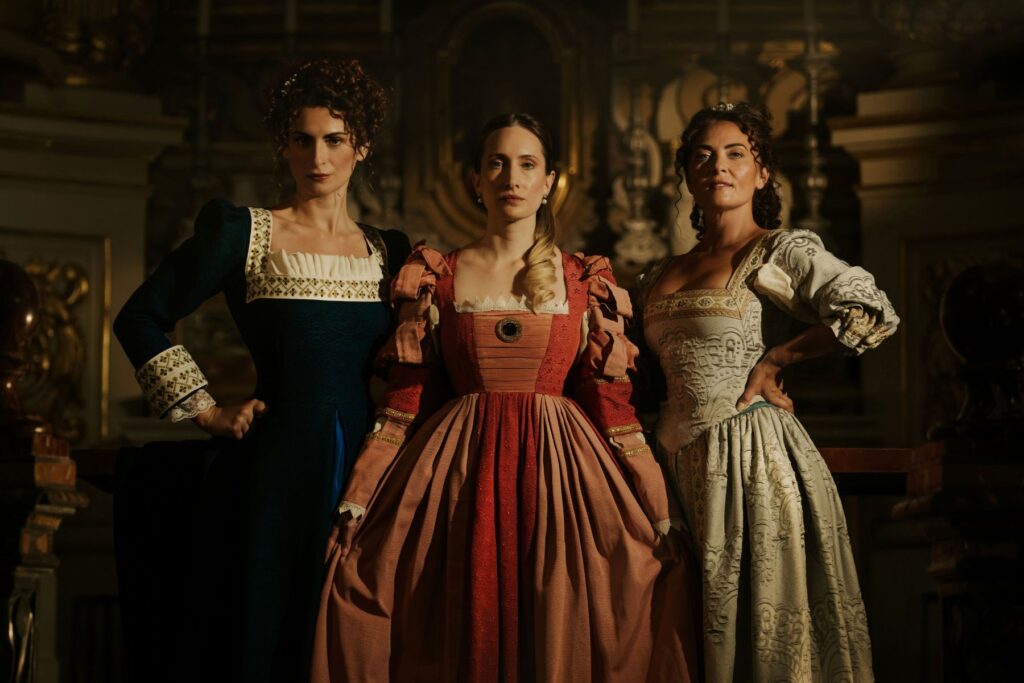
“This is an amazing real-life story, over 400 years old, which is unfortunately still highly topical. We still hear of cases in which women survivors who have suffered domestic violence feel they’re on their own and society is against them,” she explains. “Around 70% of the play is taken verbatim from the transcripts of the court case. Kim Dalli, who is also one of the performers, hasn’t only translated the original play, It’s True, It’s True, It’s True,from English to Maltese. She also went right back to the original transcripts in Italian.”
“The title was perhaps the trickiest part of the translation,” adds producer Daniel Azzopardi. “The original play, staged by Breach Theatre company to critical acclaim in the UK, is called It’s True, it’s True, it’s True, a phrase that was lifted from the actual original transcripts of the trial as Gentileschi made constant appeals to the court to believe her. However, although the direct translation ‘Huwa veru’ is used many times in Dalli’s version, we had to think harder to find a more punchy alternative that resonates with the Maltese public and reflects common courtroom jargon in Malta. Hence Naħliflek or ‘I swear’.”
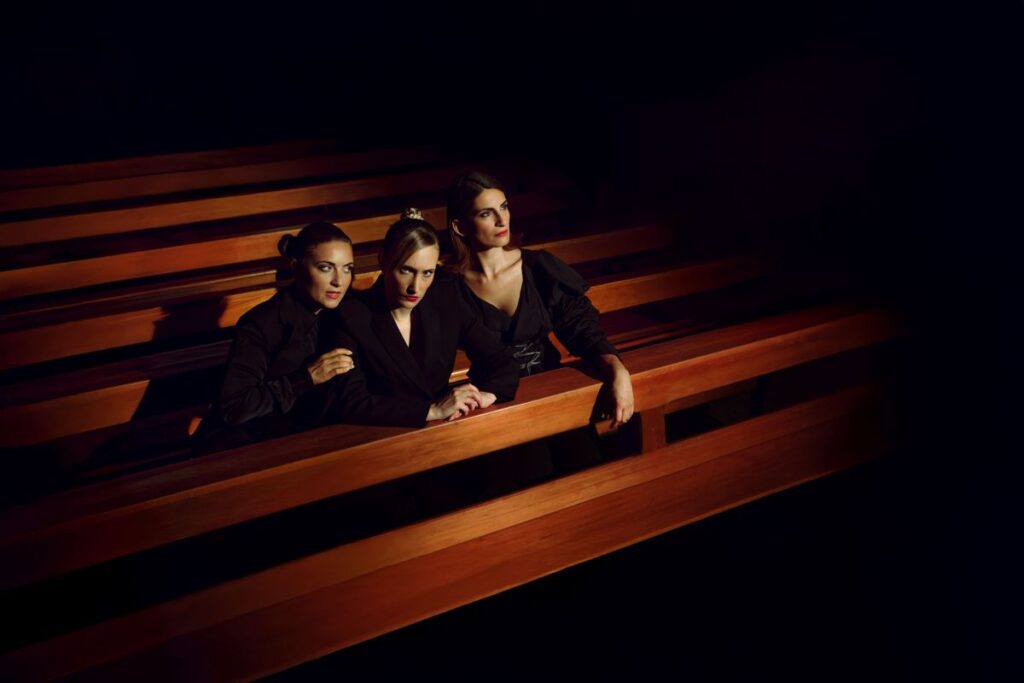
Naħliflek is being performed in the beautiful Baroque church of Madonna Tal-Pilar in Valletta, an appropriate setting as it offers both a sense of history and the weight of the patriarchy, as if it were an additional character. “Agostino Tassi, the accused, was protected by the pope. Even though he was found guilty, his sentence was never fully enforced, and within months of the verdict, he was being commissioned by the papacy again,” continues Azzopardi.
“Because the chosen venue is a small, intimate space, we can really immerse the audience in the narrative as if they’re part of the court proceedings.”
“The other 30% of the show allows for more artistic license,” smiles Vella, “and includes fantasy sequences in which Artemisia’s paintings come alive. Through these theatrical imaginings, she gets a space where she can be angry, where she can say whatever she wants to say and where she can get the justice that she deserves and closure.”
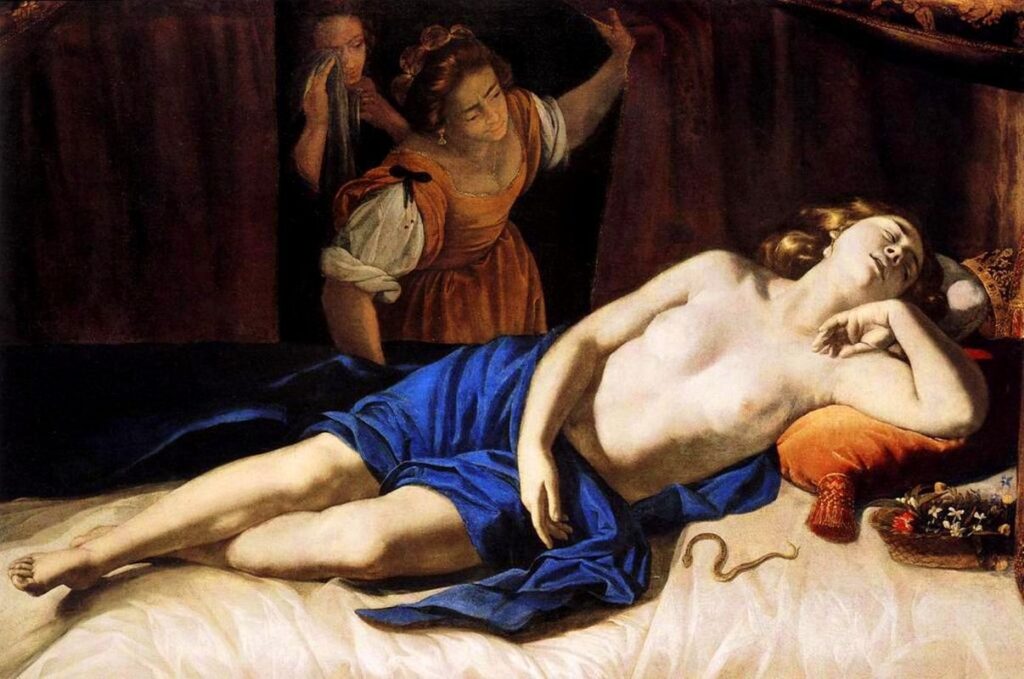
The cast comprises Clare Agius, Kim Dalli and Sarah-Lee Zammit, with singer-songwriters Claire Tonna and Analise Mifsud who bring live music and song to the performance.
NAĦLIFLEK will be staged from Friday, 17th, to Sunday, 26th of October 2025 and will be performed in Maltese, with shows with English surtitles on Sunday, 19th and Friday, 24th of October 2025. This project is supported by Arts Council Malta, in collaboration with the Istituto Italiano di Cultura, La Valletta & Heritage Malta. Purchase your tickets today by visiting showshappening.com







